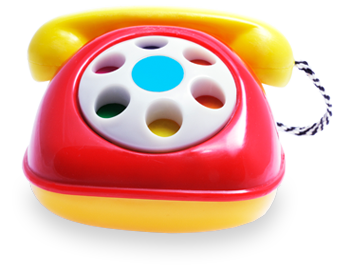Your child’s doctors will consider your child's symptoms, medical and cardiac history, age, and risk factors to determine what type of imaging is best.
Echocardiography
This is an ultrasound of the heart that uses high-frequency sound waves to produce moving images of different heart structures, heart function, and blood flow. Types of echocardiography include the following:
- Fetal echo is performed by fetal cardiology experts before your baby is born, as early as week 12 of pregnancy. This test is completely non-invasive, as the ultrasound probe (called a transducer) is placed on the mother’s abdomen. This scan is like a routine pregnancy ultrasound, except that it is entirely focused on the baby’s heart.
- Transthoracic echo is the most common type of echocardiography and is non-invasive, as the ultrasound probe is placed on your child’s chest, belly, and neck.
- Transesophageal echo is more invasive, as a longer ultrasound probe (about the width of a crayon) is passed through the mouth, down the esophagus, and into the stomach. This is done while your child is under general anesthesia, usually as part of a heart surgery or to help plan or guide a cardiac catheterization procedure.
- Intracardiac echo is performed as part of a minimally invasive catheterization procedure while your child is asleep under general anesthesia. Through a tiny incision in a vein in your child’s leg, a thin and flexible ultrasound probe is threaded through blood vessels to capture highly detailed images from inside the heart. This is often used during procedures that repair atrial septal defects.
- Epicardial echo captures highly detailed images of the heart while the chest is open during surgery or in the pediatric cardiac intensive care unit, while your child is asleep under general anesthesia. The ultrasound probe is covered with a sterile sleeve and placed gently on the heart to show heart structures that can’t be seen any other way.

